In policing, people always talk about “bad apples.” Well, bad apples come from rotten trees—law enforcement agencies imbued with structural racism. Structural changes are desperately needed in law enforcement. I think they start with restructuring civilian payouts for police misconduct.
Black people are 3.5 times more likely than white people to be killed by police when they are not attacking or have a weapon: George Floyd. Black teenagers are 21 times more likely than White teenagers to be killed by police: Tamir Rice and Antwon Rose. A Black person is killed every 40 hours by police: Jonathan Ferrell and Koryn Gaines. One in every 1,000 Black people are killed by police: Breonna Taylor. And, as sobering as these statistics are, they are improvements to the past. These statistics are the reason why from Minneapolis to Los Angeles people are protesting, marching, and rioting.
We must wonder if we would even know about George Floyd, Ahmaud Arbery, or Christian Cooper without phone videos. These incidents should make us all wonder how many more like them there are that did not get the opportunity to become martyred hashtags. Most Black people will tell you there are many more unnamed martyrs than named ones. In the words of Will Smith: “Racism is not getting worse. It is getting filmed.”
As I turn 40, I had the realization that I have been stopped by police more times than my age. I have been stopped while driving cars, sitting in parked cars, riding on buses and trains, walking, running, studying, eating, and clubbing. I have been cussed out, thrown up against concrete walls, and arrested by police. I have a PhD, am a professor at a major university, and do not have a criminal record. I also have several members of my family who are retired or former police and military. My great uncle, Walter J. Gooch, was the first Black chief of police in my hometown of Murfreesboro, TN. My grandfather, Clarence Williams, served in two wars, receiving a Purple Heart and Bronze Star. I should not even have to say these things because they do not seem to matter much.
As the father of two Black boys, I worry about the moment they will go from cute to criminal in the eyes and minds of so many people; how people will dehumanize their minds, weaponize their Blackness, and criminalize their bodies; how no credential, no degree, no level of income or wealth, no smile, no level of professionalism or grace can protect my babies from the gaze and guise of police violence and white supremacist stereotypes: Christian Cooper and Omar Jimenez.
What Black people understand and realize is that the incident involving Christian Cooper and self-proclaimed liberal Amy Cooper starts a continuum of police violence that too often ends with murder. Amy Cooper, when told by Christian Cooper that she needed to put her dog on a leash in that specific area of Central Park, “weaponized race like she had been trained by the Aryan nation,” as Van Jones stated on CNN’s New Day.
Enacting the damsel in distress, Amy used one of the oldest racial tropes since before The Birth of the Nation—white women allegedly being threatened and attacked by Black men. For many Black people, this incident rehashes collective memories of Emmett Till and other Black males who were lied on by white women (many in the 1800s and early 1900s who were lynched). Amy knows that Central Park symbolizes white woman victimhood. She also knows that a white woman versus a Black man structures believability and culpability.
In that moment, Amy understood that she had all the power. The same power that Derek Chauvin, recently arrested for the murder of George Floyd, had while pressing his knee in the back of Floyd’s neck as Floyd yelled out for his momma. This power also extends to the other three officers who stood guard and complicitly participated. Without technology, some white people are allowed to conveniently continue using racial tropes to enact physical violence and garner police brutality against Black bodies. In this regard, Black people do not pull the race card. The race card is pulled on us.
For the past decade, I have worked with dozens of police departments, the Department of Homeland Security, and the U.S. military. I have researched body-worn camera programs and conducted countless implicit bias courses. While these solutions to police brutality matter, they fall short of dealing with the rotten trees because they focus on the bad apples.
In order to fundamentally solve police brutality, we have to replant the roots of rotten trees within law enforcement. To deal with rotten roots, America needs to be honest that law enforcement originated from slave patrols meant to capture my ancestors who aimed to flee from enslavement. America has not fully dealt with this. We also have to deal with the “above the law” mentality of officers, the fact that fear is used as an excuse enact force, and the blue wall of silence that extends from police departments to prosecutor’s offices and courtrooms.
Most importantly, there needs to be a restructuring of civilian payouts for police misconduct. Eventually, there will be a large civil payout for the death of George Floyd. Troublingly, his family’s taxpayer money will be used to pay for the dehumanization of his body. Typically, officers are immune from the financial impacts of these civil payouts. Since 2010, the city of St. Louis has paid over $33 million and Baltimore was found liable for about $50 million for police misconduct. Over the past 20 years, Chicago spent over $650 million on police misconduct cases. What if this money was used for education and work infrastructure? Research suggests that crime would reduce.
My policy recommendation is for police department insurances to replace taxpayer money concerning civilian payouts for police misconduct. This restructuring will allow for police chiefs to better identify bad apples and justify their removal. Healthcare uses this model to make determinations about physicians. When hospital premiums increase due to medical malpractice, hospitals perform a cost-benefit analysis to determine if physicians should allow to continue surgeries.
Furthermore, bad apples should not be allowed to proliferate and spread to other trees. For many people, it is clear that the Minneapolis officers should have been fired long ago. Chavin has had 18 misconduct complaints against him, as have some of the other officers involved. While being fired instantly sends a clear message about accountability, this should be commonplace in a country that should treat every human life like it matters. However, it needs to be ensured they cannot work in law enforcement again. If this happened with the officers who killed Tamir Rice and Antwon Rose, those teenagers may still be alive.
The Brookings Institution is committed to quality, independence, and impact.
We are supported by a diverse array of funders. In line with our values and policies, each Brookings publication represents the sole views of its author(s).
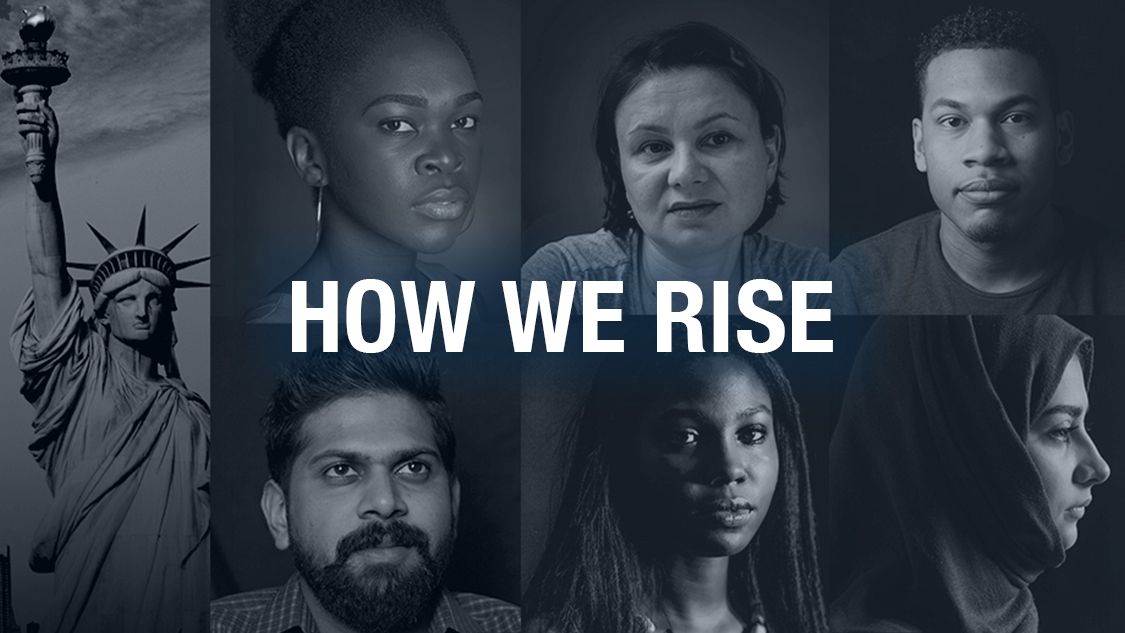
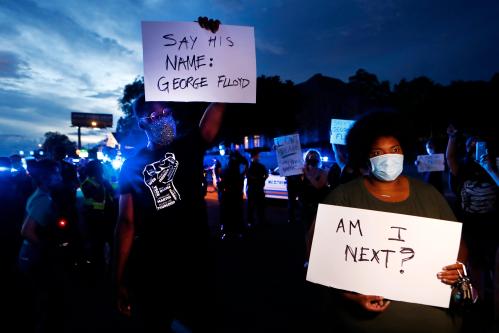
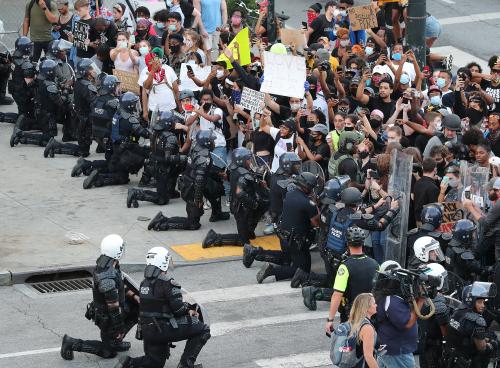
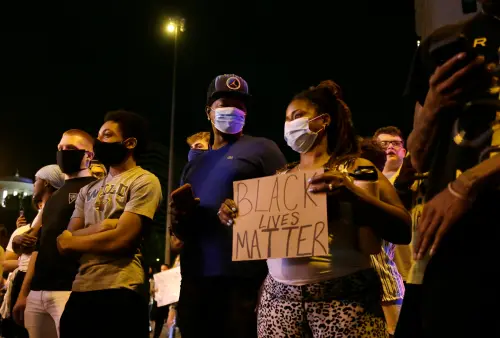



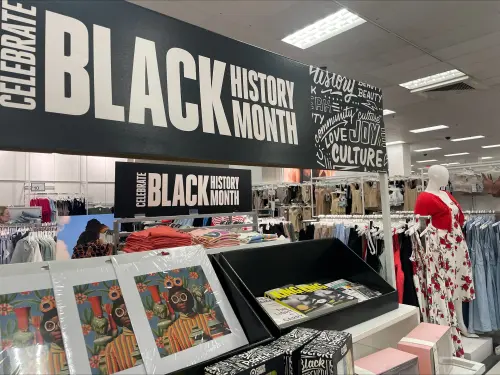
Commentary
Bad apples come from rotten trees in policing
May 30, 2020